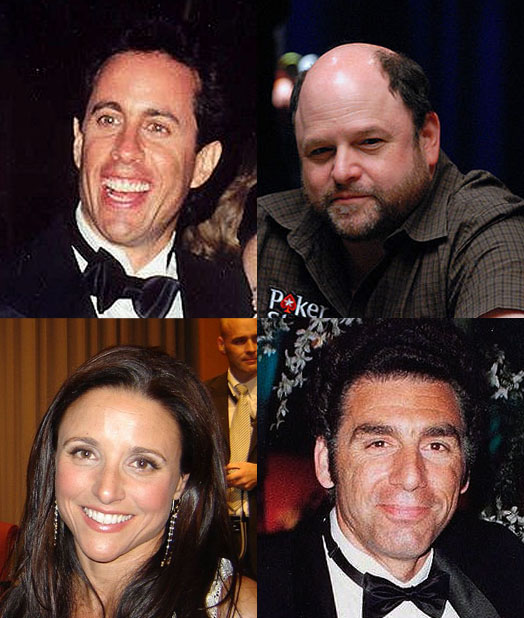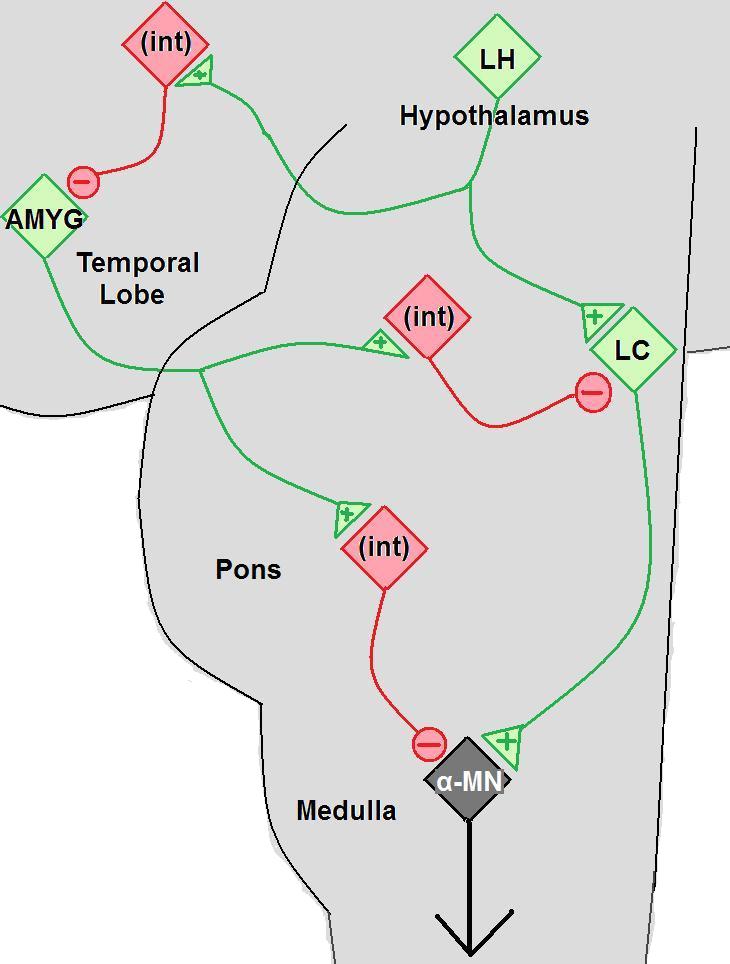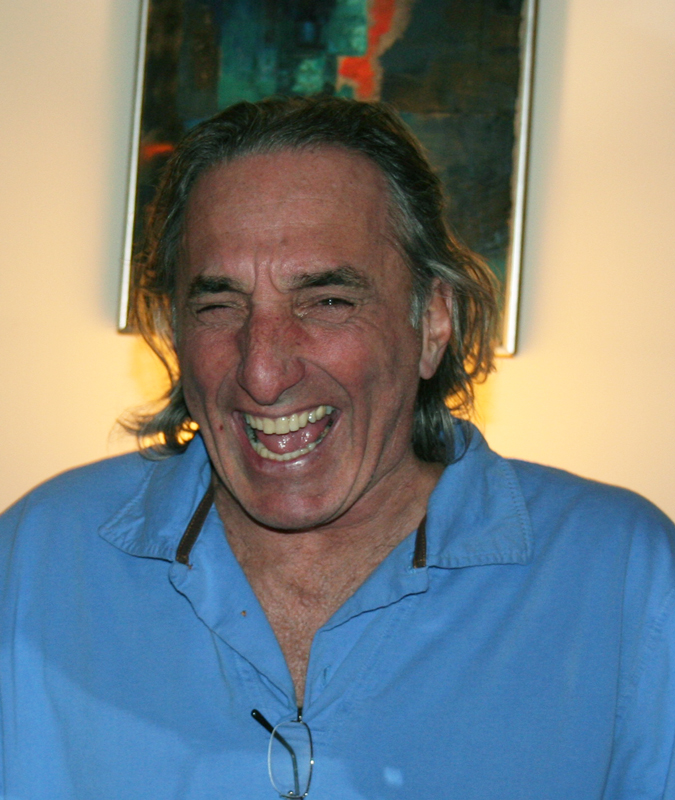|
Laughter-induced Syncope
Laughter-induced syncope is an unusual but recognized form of situational syncope (fainting) likely to have a similar pathophysiological origin to tussive syncope. One reported case occurred while a patient was watching the television show '' Seinfeld'', and was given the name Seinfeld syncope. There are few case reports of this syndrome in the literature. Patients, as in this case, might present initially to the emergency department, and laughter should be considered among the numerous differentials for syncope. Laughter-induced syncope should not be confused with cataplexy, a sudden loss of muscle tone triggered by strong emotions, particularly laughter. Unlike syncope, there is no loss of consciousness in cataplexy, which affects 65-75% of patients with narcolepsy Narcolepsy is a long-term neurological disorder that involves a decreased ability to regulate sleep–wake cycles. Symptoms often include periods of excessive daytime sleepiness and brief involuntary sleep e ... [...More Info...] [...Related Items...] OR: [Wikipedia] [Google] [Baidu] |
Syncope (medicine)
Syncope, commonly known as fainting, or passing out, is a loss of consciousness and muscle strength characterized by a fast onset, short duration, and spontaneous recovery. It is caused by a decrease in blood flow to the brain, typically from low blood pressure. There are sometimes symptoms before the loss of consciousness such as lightheadedness, sweating, pale skin, blurred vision, nausea, vomiting, or feeling warm. Syncope may also be associated with a short episode of muscle twitching. Psychiatric causes can also be determined when a patient experiences fear, anxiety, or panic; particularly before a stressful event usually medical in nature. When consciousness and muscle strength are not completely lost, it is called presyncope. It is recommended that presyncope be treated the same as syncope. Causes range from non-serious to potentially fatal. There are three broad categories of causes: heart or blood vessel related; reflex, also known as neurally mediated; and orthos ... [...More Info...] [...Related Items...] OR: [Wikipedia] [Google] [Baidu] |
Seinfeld
''Seinfeld'' ( ) is an American television sitcom created by Larry David and Jerry Seinfeld. It aired on NBC from July 5, 1989, to May 14, 1998, over nine seasons and List of Seinfeld episodes, 180 episodes. It stars Seinfeld as Jerry Seinfeld (character), a fictionalized version of himself and focuses on his personal life with three of his friends: best friend George Costanza (Jason Alexander), former girlfriend Elaine Benes (Julia Louis-Dreyfus) and his neighbor from across the hall, Cosmo Kramer (Michael Richards). It is set mostly in an apartment building in Manhattan's Upper West Side in New York City. It has been described as "a show about nothing", often focusing on the slice of life, minutiae of daily life. Interspersed in earlier episodes are moments of stand-up comedy from the fictional Jerry Seinfeld, frequently using the episode's events for material. As a rising comedian in the late 1980s, Jerry Seinfeld was presented with an opportunity to create a show with NBC. He ... [...More Info...] [...Related Items...] OR: [Wikipedia] [Google] [Baidu] |
Emergency Department
An emergency department (ED), also known as an accident and emergency department (A&E), emergency room (ER), emergency ward (EW) or casualty department, is a medical treatment facility specializing in emergency medicine, the acute care of patients who present without prior appointment; either by their own means or by that of an ambulance. The emergency department is usually found in a hospital or other primary care center. Due to the unplanned nature of patient attendance, the department must provide initial treatment for a broad spectrum of illnesses and injuries, some of which may be life-threatening and require immediate attention. In some countries, emergency departments have become important entry points for those without other means of access to medical care. The emergency departments of most hospitals operate 24 hours a day, although staffing levels may be varied in an attempt to reflect patient volume. History Accident services were provided by workmen's compensation ... [...More Info...] [...Related Items...] OR: [Wikipedia] [Google] [Baidu] |
Laughter
Laughter is a pleasant physical reaction and emotion consisting usually of rhythmical, often audible contractions of the diaphragm and other parts of the respiratory system. It is a response to certain external or internal stimuli. Laughter can rise from such activities as being tickled, or from humorous stories or thoughts. Most commonly, it is considered an auditory expression of a number of positive emotional states, such as joy, mirth, happiness, or relief. On some occasions, however, it may be caused by contrary emotional states such as embarrassment, surprise, or confusion such as nervous laughter or courtesy laugh. Age, gender, education, language, and culture are all indicators as to whether a person will experience laughter in a given situation. Some other species of primate (chimpanzees, gorillas and orangutans) show laughter-like vocalizations in response to physical contact such as wrestling, play chasing or tickling. Laughter is a part of human behavior regulat ... [...More Info...] [...Related Items...] OR: [Wikipedia] [Google] [Baidu] |
Cataplexy
Cataplexy is a sudden and transient episode of muscle weakness accompanied by full conscious awareness, typically triggered by emotions such as laughing, crying, or terror. Cataplexy affects approximately 70% of people who have narcolepsy, and is caused by an autoimmune destruction of hypothalamic neurons that produce the neuropeptide hypocretin (also called orexin), which regulates arousal and has a role in stabilization of the transition between wake and sleep states. Cataplexy without narcolepsy is rare and the cause is unknown. The term cataplexy originates from the Greek κατά (''kata'', meaning "down"), and πλῆξις (''plēxis'', meaning "strike") and it was first used around 1880 in German physiology literature to describe the phenomenon of tonic immobility also known as "playing possum" (in reference to the opossum's behavior of feigning death when threatened). In the same year the French neuropsychiatrist Jean-Baptiste Gélineau coined the term 'narcolepsy' and ... [...More Info...] [...Related Items...] OR: [Wikipedia] [Google] [Baidu] |
Narcolepsy
Narcolepsy is a long-term neurological disorder that involves a decreased ability to regulate sleep–wake cycles. Symptoms often include periods of excessive daytime sleepiness and brief involuntary sleep episodes. About 70% of those affected also experience episodes of sudden loss of muscle strength, known as cataplexy. Narcolepsy paired with cataplexy is evidenced to be an autoimmune disorder. These experiences of cataplexy can be brought on by strong emotions. Less commonly, there may be vivid hallucinations or an inability to move (sleep paralysis) while falling asleep or waking up. People with narcolepsy tend to sleep about the same number of hours per day as people without, but the quality of sleep tends to be lessened. Narcolepsy is a clinical syndrome of hypothalamic disorder, however, the exact cause of narcolepsy is unknown, with potentially several causes. In up to 10% of cases, there is a family history of the disorder. Often, those affected have low levels of ... [...More Info...] [...Related Items...] OR: [Wikipedia] [Google] [Baidu] |
The Lancet
''The Lancet'' is a weekly peer-reviewed general medical journal and one of the oldest of its kind. It is also the world's highest-impact academic journal. It was founded in England in 1823. The journal publishes original research articles, review articles ("seminars" and "reviews"), editorials, book reviews, correspondence, as well as news features and case reports. ''The Lancet'' has been owned by Elsevier since 1991, and its editor-in-chief since 1995 has been Richard Horton. The journal has editorial offices in London, New York City, and Beijing. History ''The Lancet'' was founded in 1823 by Thomas Wakley, an English surgeon who named it after the surgical instrument called a lancet (scalpel). Members of the Wakley family retained editorship of the journal until 1908. In 1921, ''The Lancet'' was acquired by Hodder & Stoughton. Elsevier acquired ''The Lancet'' from Hodder & Stoughton in 1991. Impact According to the ''Journal Citation Reports'', the journal has a 202 ... [...More Info...] [...Related Items...] OR: [Wikipedia] [Google] [Baidu] |
Laughter
Laughter is a pleasant physical reaction and emotion consisting usually of rhythmical, often audible contractions of the diaphragm and other parts of the respiratory system. It is a response to certain external or internal stimuli. Laughter can rise from such activities as being tickled, or from humorous stories or thoughts. Most commonly, it is considered an auditory expression of a number of positive emotional states, such as joy, mirth, happiness, or relief. On some occasions, however, it may be caused by contrary emotional states such as embarrassment, surprise, or confusion such as nervous laughter or courtesy laugh. Age, gender, education, language, and culture are all indicators as to whether a person will experience laughter in a given situation. Some other species of primate (chimpanzees, gorillas and orangutans) show laughter-like vocalizations in response to physical contact such as wrestling, play chasing or tickling. Laughter is a part of human behavior regulat ... [...More Info...] [...Related Items...] OR: [Wikipedia] [Google] [Baidu] |





